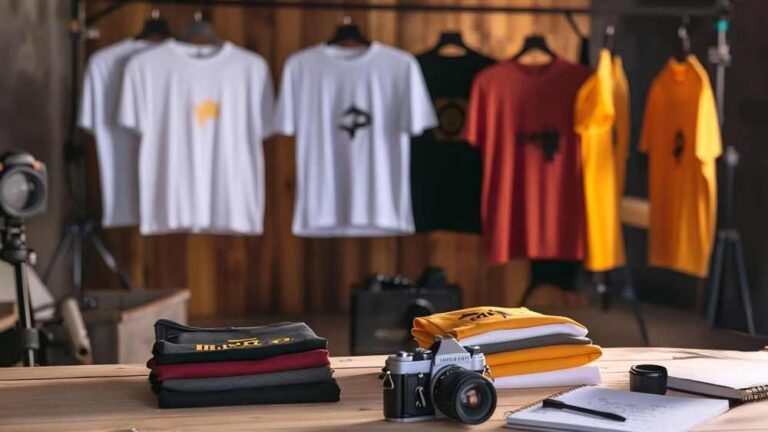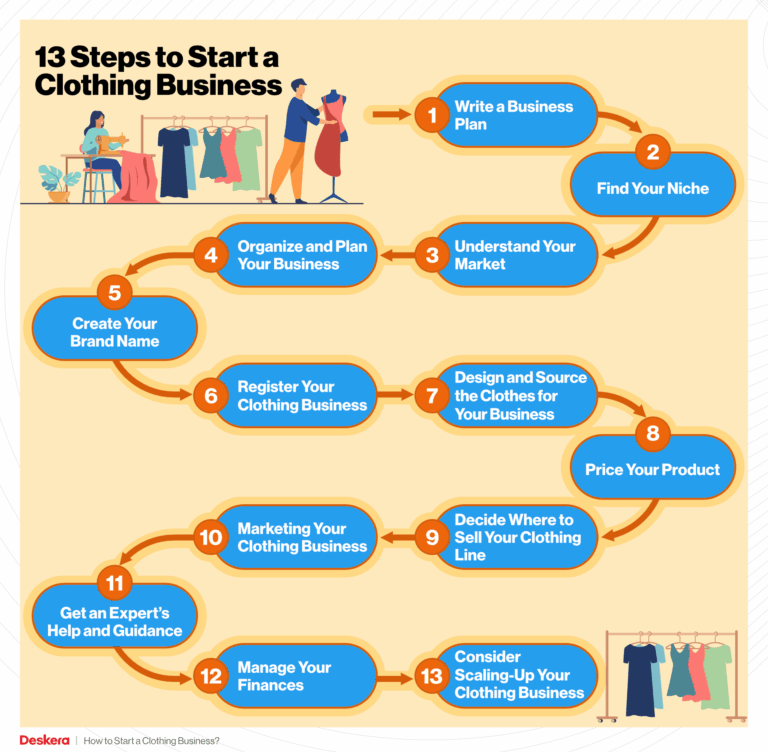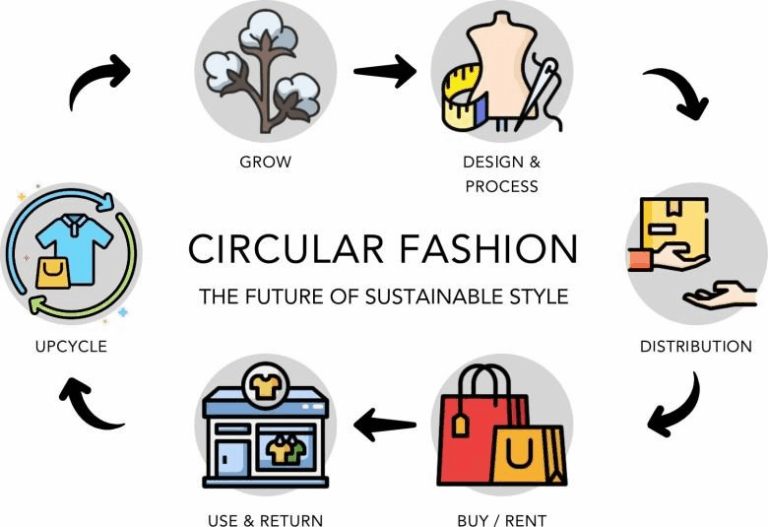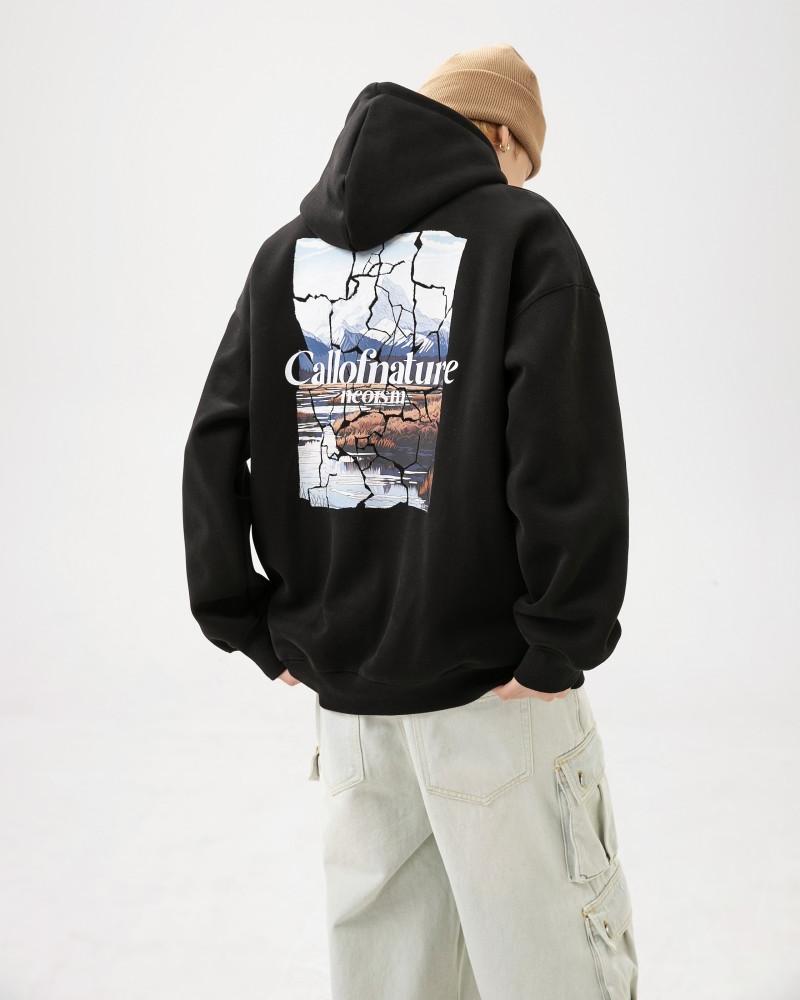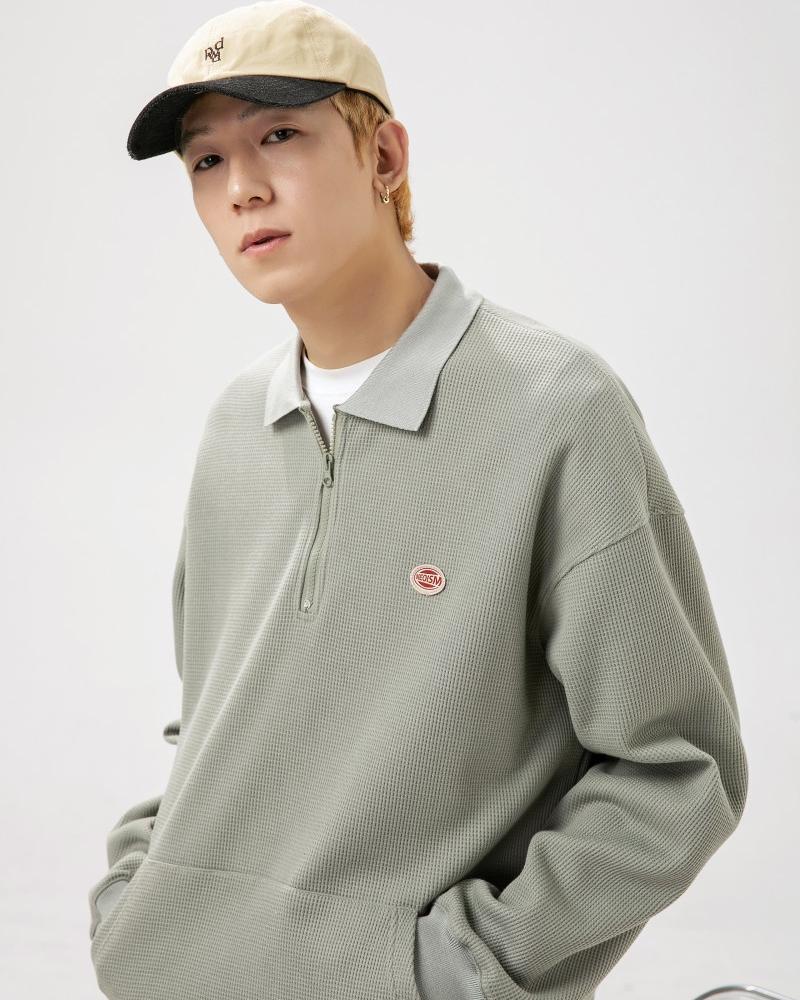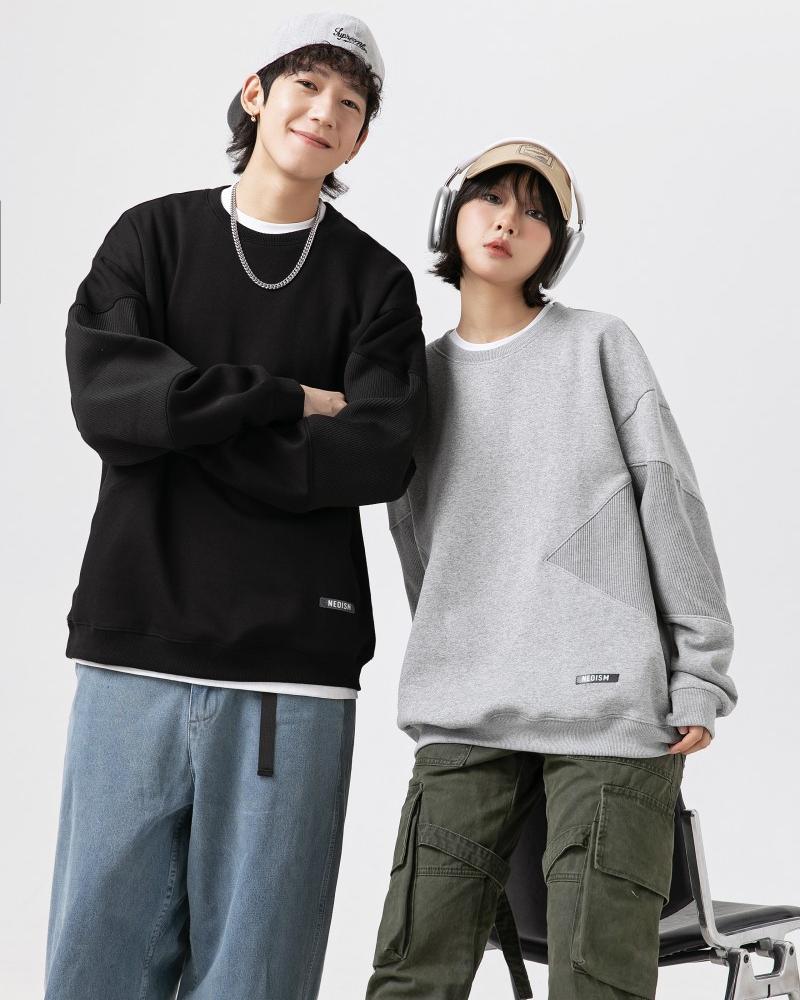-
رقم 28، شارع زانكيان 1، منطقة ليوهوا الفرعية، منطقة يويشيو، مدينة قوانغتشو
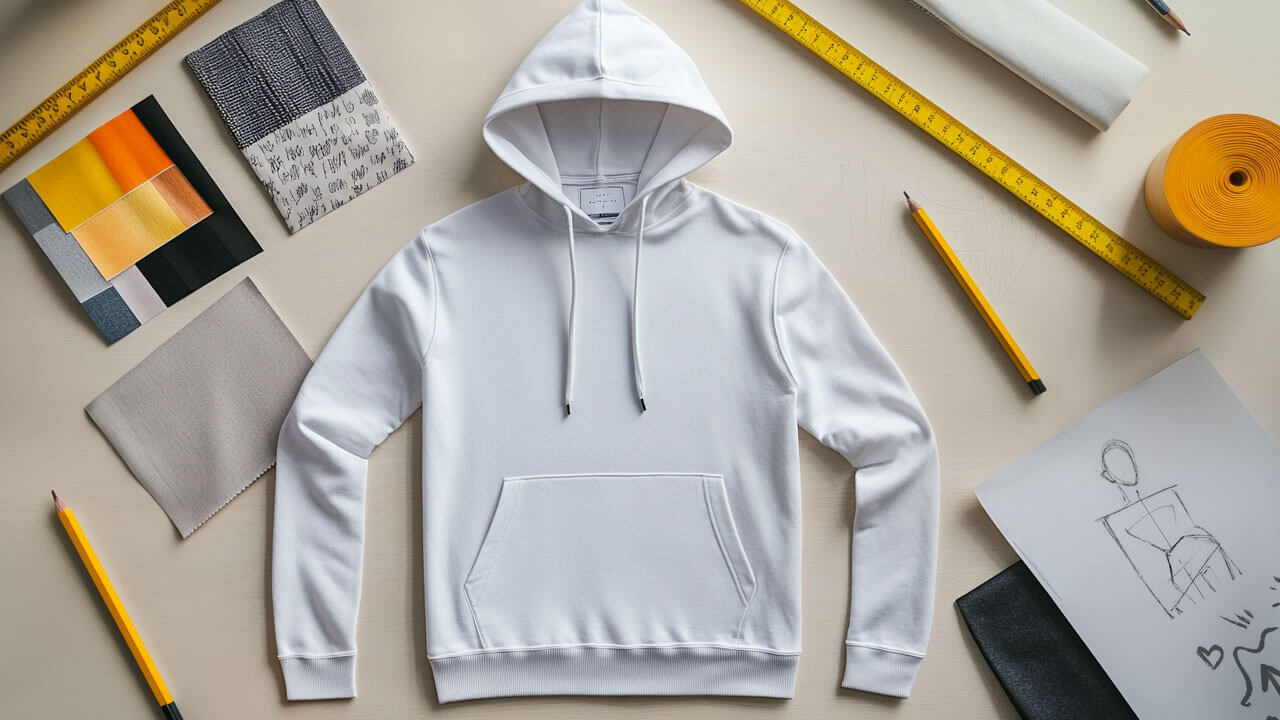
Custom Hoodies Entrepreneurship Guide
جدول المحتويات
الخلاصة
Driven by the sports and leisure trend and personalized consumption, the global customized hoodies market is expected to exceed 30 billion US dollars in 2025. Based on the latest industry data and successful cases, this article systematically sorts out the complete knowledge system from product development to brand operation, and extracts 10 most practical key strategies for small and medium-sized entrepreneurs. Whether you want to start a side business or build a professional brand, this guide will help you avoid traps, seize opportunities, and find your own blue ocean in the fiercely competitive market.
1. The golden rule of material selection
The latest market research shows:
- Cost-effective combination: 60% cotton + 40% polyester fiber ($6.8-$9.2/piece)
- Mid-range best-selling model: 100% combed cotton ($13-$17/piece)
- High-end flagship model: organic cotton + Tencel blended ($24-$32/piece)
- Technology-leading model: graphene thermal conductive fabric ($48-$65/piece)
Key findings: Brands that use the combination of “basic model + 15% high-end fabric” have a profit margin 23% higher than the single material strategy
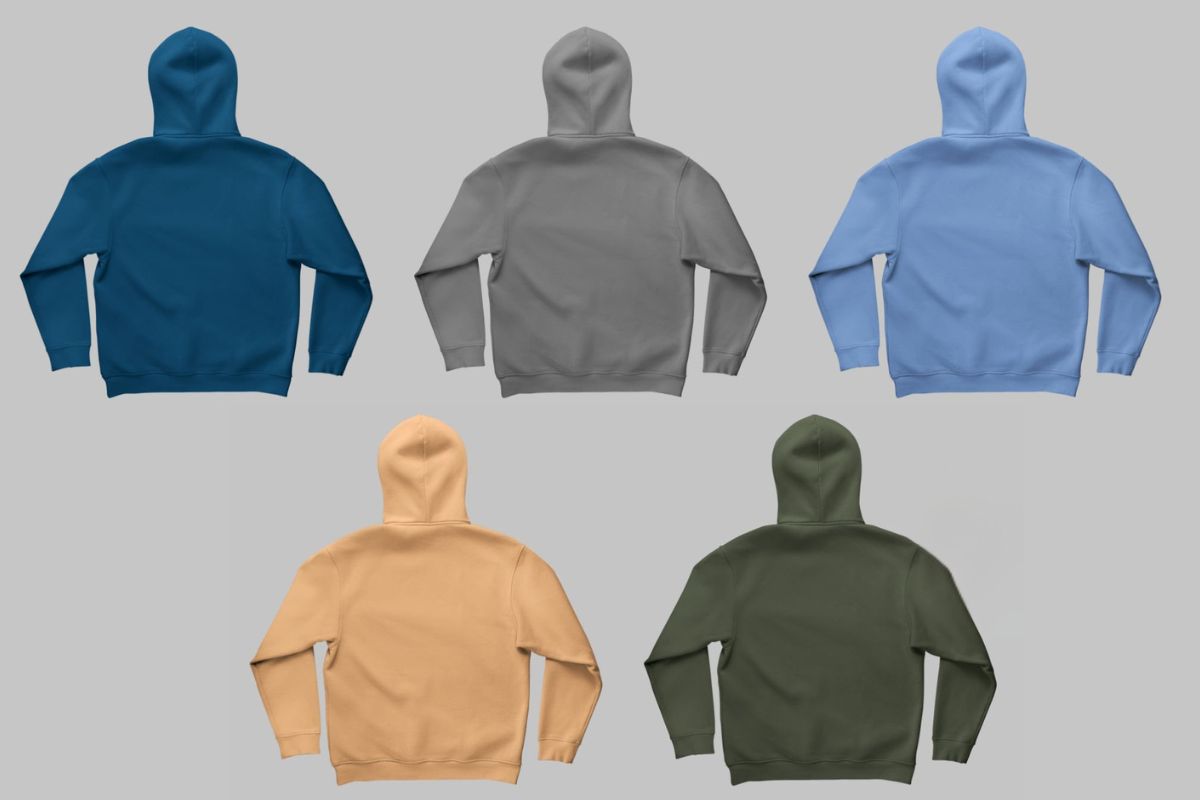
2. Accurate matching strategy for design investment
Analysis of the sweet spot of design cost and return:
pie
title Design cost ratio and sales performance
"Basic model (10% cost)" : 35
"Improved model (25% cost)" : 55
"Innovative model (50% cost)" : 7
"Luxury (80% + cost)" : 3
Practical advice: Investing 70% of resources in improved design can achieve the best input-output ratio
3. Intelligent combination of decorative techniques
The latest cost-effectiveness ranking of techniques in 2024:
- Digital direct injection + partial embroidery (comprehensive cost $7.5/piece)
- Screen printing + hot stamping (comprehensive cost $5.2/piece)
- Laser engraving + flocking (comprehensive cost $9.8/piece)
- 3D stereoscopic printing (comprehensive cost $12.5/piece)
الحالة: New York fashion brand KITH uses the combination of “digital printing + 1 embroidery” to increase product recognition by 40%
4. Intelligent configuration of the global supply chain
Recommended production combination in 2024:
graph LR
A[main batch production] --> B(Vietnam: 300-500 pieces)
A --> C (Bangladesh: 500+ pieces)
D [Replenishment production] --> E (Turkey: 100-200 pieces)
D --> F (Mexico: 150-300 pieces)
Cost comparison: This combination model saves 18-22% of total cost compared to the single origin solution
5. Dynamic model of order management
Smart order calculation formula:
Optimal order quantity = (average monthly sales × 2) + (seasonal coefficient × 0.5) - existing inventory
Application examples:
- Spring and summer models: place orders based on 70% of predicted sales
- Autumn and winter models: place orders based on 120% of predicted sales
- Limited edition models: strictly controlled to no more than 50 pieces
6. 7 fulcrums of brand value
Ranking of brand elements that consumers care about most:
- Product consistency (87%)
- Packaging experience (79%)
- Washing instructions (68%)
- Social responsibility (65%)
- Unboxing ceremony (58%)
- Product story (53%)
- Membership rights (47%)
VII. Triple certification system for sustainable products
Required certification priority:
- OEKO-TEX Standard 100 (basic)
- GOTS (advanced)
- BCI (supplementary)
Return on investment: A complete certification system can increase the chance of a product entering a high-end mall by 5 times
VIII. Four-quadrant operation of the custom market
quadrantChart
title Custom market operation matrix
x-axis "Customer unit price" --> "Low", "High"
y-axis "Customization depth" --> "Shallow", "Deep"
quadrant-1 Basic customization: 35-55 USD
quadrant-2 Deep customization: 75-120 USD
quadrant-3 Enterprise customization: Bulk discount
quadrant-4 Luxury customization: 200+ USD
Operational focus: Concentrate resources to create a benchmark product in quadrant 2
IX. Evolutionary ladder of the entrepreneurial path
journey
title Entrepreneurial growth path
section Phase 1 (0-6 months)
POD trial: 5: Low-cost verification
section Phase 2 (6-12 months)
Small batch production: 4: Establish a hit
section Phase 3 (12-24 months)
Independent brand: 3: Brand premium
section Phase 4 (24+ months)
Ecological layout: 2: Omni-channel operation
10. Four essential technologies for the future
Priority ranking of technology investment:
- 3D digital sample (immediate launch)
- AI design assistant (deployed within 6 months)
- Intelligent production scheduling system (introduced within 1 year)
- Blockchain traceability (2-year plan)
الأسئلة الشائعة
1. What is the most cost-effective fabric for custom hoodies?
A 60% cotton + 40% polyester blend offers the best balance of comfort and affordability ($6.8-$9.2 per piece).
2. How much does custom embroidery cost compared to digital printing?
Embroidery costs $8-$20 per piece, while digital printing is $5-$10 per piece (better for small batches).
3. Which country is best for bulk hoodie production?
Vietnam and Bangladesh offer the lowest costs ($2.8-$5.5 per piece) for large orders (500+ units).
4. What’s the ideal first order quantity to test the market?
Start with 50-100 pieces to validate demand before scaling.
Ultimate action plan
First month execution list:
- Select 2-3 core material combinations
- Design 3 improved basic styles
- Contact 3 suppliers of different sizes
- Establish a basic brand visual system
- Open a social account and publish content
Key success factors:
- Adhere to “small steps and fast running” product iteration
- Establish a “data-driven” decision-making mechanism
- Create a “memorable” brand image
- Maintain a “flexible and flexible” supply chain
Core keywords: Hoodie entrepreneurship guide, custom clothing cost control, small batch production secrets, clothing brand building, sustainable clothing certification, clothing supply chain management, clothing digital printing, clothing community marketing, clothing intelligent production, DTC clothing operation


